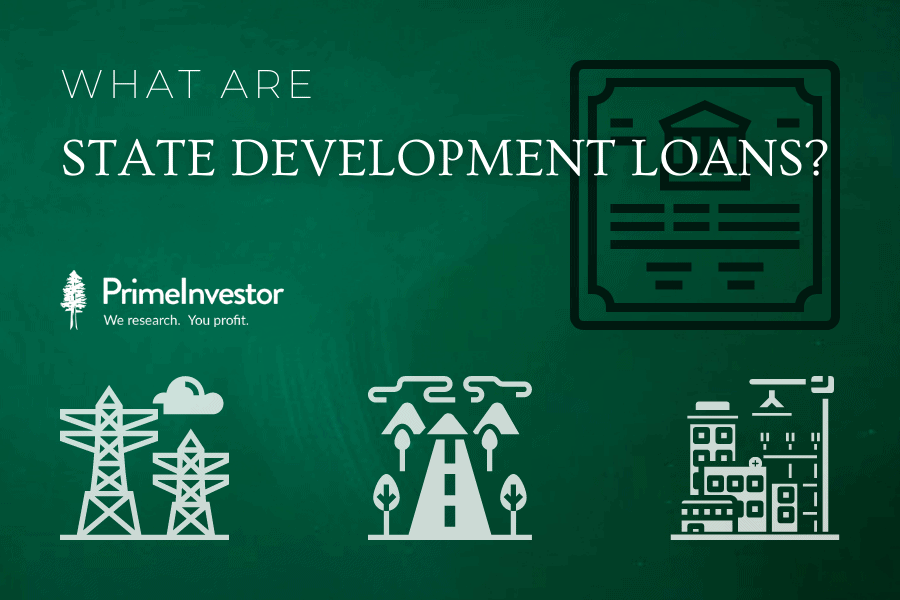A State government, just as the Central Government does, has its own budget – it has planned expenditures and collects revenues. To meet its various expenditure requirements, a State government borrows from the market – i.e., it issues bonds of a fixed tenure, and pays out coupon (interest) on the same.

What are SDLs?
SDLs, therefore, are State government borrowings. Each State has a limit up to which it can borrow. The coupon that each bond carries depends on the State’s finances and of course, the prevailing interest rate cycle. SDL issues are managed by the Reserve Bank.
Trading and investing
Typically, entities that invest in SDLs are large institutions such as insurance companies, pension funds, provident funds, mutual funds, and banks. SDLs are now open for retail investors to invest in, as well. As is the case with gsecs, SDL auctions are conducted by the RBI. You can invest in SDLs in these auctions. SDLs are also traded – which means that SDL prices and yields will move based on the rate cycle, yields on new issuances, demand and so on. Therefore, you will see price fluctuations in your bonds and you need to take these in stride. Longer-term bonds will see higher volatility and are more reactive than short-term bonds.
Risks in SDLs
SDLs offer up good investment options owing to a few factors. One, the very low risk. While there is no explicit sovereign guarantee on SDLs, the mechanism of coupon payments and repayments by the RBI implies that the risk of any default is virtually nil. The RBI has the power to meet SDL payments out of the Central government allocation to the States; it maintains a fund to provide for contingencies regarding State borrowings. On the risk scale, SDLs would rank better than AAA-bonds – though some State loans may be riskier than that of others’.
Yields in SDLs
The second reason SDLs make good investments are the superior yields they serve up along with the low risk. SDL yields hold above gsec. While there may be an implicit sovereign guarantee, the nature of each State’s finances can see some States paying far higher coupons on their borrowings than others. In markets such as the current one, the higher yields are far better than options such as fixed deposits. Attractive yields in longer tenures are also especially useful for those seeking to build an income stream as they offer a steady and reasonable interest for a number of years. With corporate bonds, locking into long tenures, no matter the yield, is a far riskier proposition.
Suitability of SDLs
SDLs suit any investor and are good add-ons to a debt portfolio. But it’s important to know that interest on SDLs is necessarily paid out and taxed at your slab rate. There is no cumulative option. For those seeking to build an income stream, SDLs are very useful as they can ensure a predictable payout. If you don’t necessarily need income, but you do intend to take advantage of the high yield-low risk SDL opportunities, do ensure that you reinvest the coupon payouts – this will help you capitalize both on higher yields and compounding benefits.
